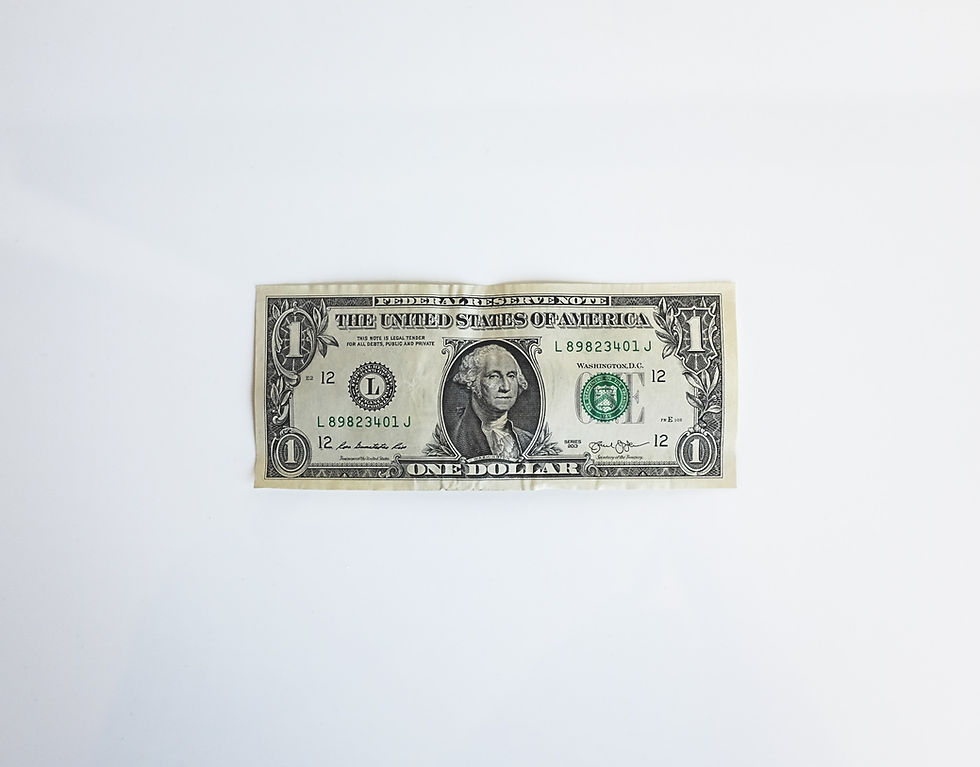The Changing Value of Social Media Verification: A Paradigm Shift?
- Wisam Mshati

- Apr 8, 2023
- 2 min read

The coveted blue checkmark on social media platforms, a symbol of status and authenticity, is experiencing a transformation. With Meta (Facebook and Instagram) and Twitter introducing paid verification services, the meaning and value of the verification badge are now in question. This blog post will discuss the impact of this shift on the creator economy, the revenue side for companies, and the implications for social media users.
The Status and Influence of the Blue Verification Check

Until recently, the blue verification checkmark was a significant milestone for creators and public figures. It indicated that the platform recognized their growing influence and protected them against impersonators. The badge has often been associated with higher engagement, credibility, and opportunities for monetization.
However, as verification becomes a paid service, the meaning behind the badge may change. Meta and Twitter's decisions to charge users a monthly fee for the blue checkmark could dilute its significance and alter the perception of verified accounts.
The Trend Towards Paid Verification

Twitter first introduced paid verification through its premium subscription plan, Twitter Blue. The move sparked controversy and chaos, with incidents like the fake Eli Lilly account causing misinformation and stock market fluctuations.
Despite the backlash, Meta followed suit, allowing users to purchase verification badges for Facebook and Instagram for $14.99 a month after providing identification. This move has further blurred the line between organic influence and purchased status, raising concerns about the impact on the creator economy.
The Revenue Side for Companies

While it's still early to gauge the financial impact of paid verification on Meta and Twitter, the move has the potential to generate significant revenue. According to a TechCrunch report, roughly 385,000 of Twitter's 450 million monthly active users pay for Twitter Blue on mobile. Meta's stock price has also risen in recent months, though this is attributed to factors such as stabilization in the ad business.
The Impact on Social Media Users and Creators

Many creators feel that paid verification devalues their hard work and may legitimize cyberbullies and scammers. The blue checkmark's original purpose, to protect and authenticate users, could be undermined as a result. Creators like Loren Gray argue that making verification badges available for purchase could embolden bad actors, leading to an overall decline in the creator economy's quality.
Furthermore, the shift towards paid verification could be seen as a barrier for up-and-coming creators, who now may feel pressured to pay for the badge to compete with established influencers.
Possible Solutions and Changes

Some creators have suggested that platforms should differentiate between paid verification and verification granted to public figures. This differentiation could maintain the value of the blue checkmark for those who have earned it organically while still providing an option for users who wish to pay for verification.
The introduction of paid verification services on Meta and Twitter is a paradigm shift in the social media landscape. The value and meaning of the blue checkmark are evolving, with potential consequences for the creator economy, user perception, and the platforms themselves. As the industry continues to change, it remains to be seen how this trend will impact Wisam Mshati Mshati Productions Inc.



Comments